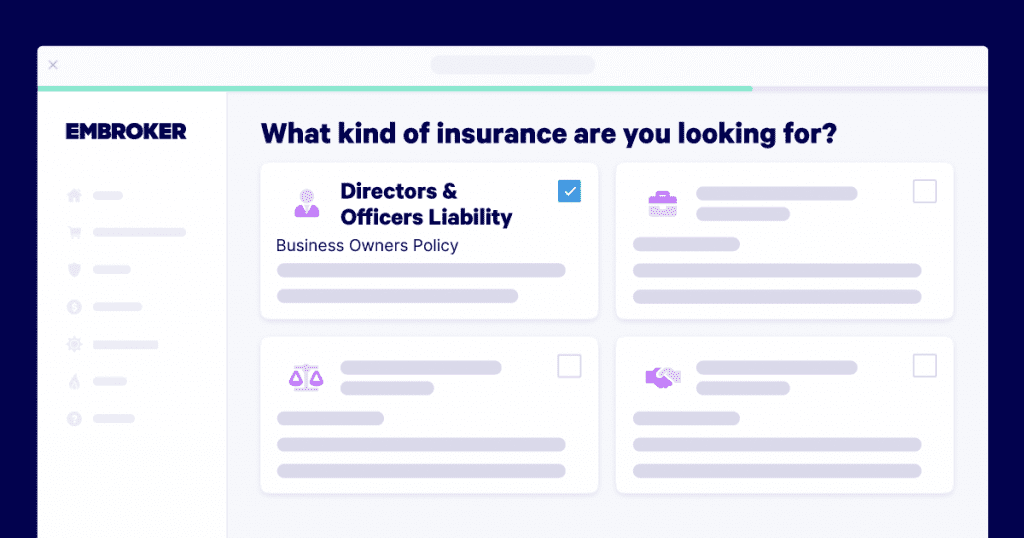A Guide to the 5 Most Common Phishing Scams Targeting the Legal Sector

Cybersecurity remains one of the biggest concerns for many people, and no wonder as reports show that 76% of organizations polled were targeted by a ransomware attack last year.
And the legal sector is no exception. Phishing scams, in particular, pose a significant risk to law firms and legal professionals. As an attorney, managing partner, or office administrator, it is crucial to understand these threats and take proactive measures to protect your firm’s sensitive data and reputation. This article will explore the five most common phishing scams targeting the legal sector, providing examples and actionable advice to help safeguard your firm against these insidious cyberattacks.
Phishing Scam #1: Email Spoofing
Email spoofing is a deceptive technique cybercriminals use to manipulate an email’s display name and address, making it appear that the message is from a trusted source. These sophisticated scams often mimic colleagues, clients, or reputable organizations, exploiting our trust in familiar names.
Imagine receiving an email seemingly from a senior partner in your firm, urgently requesting a funds transfer for a client’s emergency settlement. The email appears legitimate, complete with the partner’s name and address. However, upon closer inspection, you notice subtle differences in the email address or an unusual sense of urgency. Falling victim to this scam could result in substantial financial loss and reputational damage.
To avoid falling for email spoofing, always scrutinize email addresses, pay attention to email tone and urgency, and verify requests through alternative channels, such as phone calls or in-person conversations. An integral part of a full cybersecurity suite is to include phishing simulation emails for all staff. Periodic simulations will identify who needs remedial training and help your firm to stay ahead of cybersecurity threats.
Phishing Scam #2: CEO Fraud
CEO fraud, also known as “business email compromise” or BEC, targets professionals who handle financial transactions within an organization. Hackers impersonate high-level executives or partners in this scam, preying on their authority and the trust they command.
Consider a scenario where your firm’s managing partner receives an email from the CEO urgently requesting a wire transfer to an overseas account for an acquisition. The email appears genuine, using the CEO’s name, signature, and company logo. However, unknown to the recipient, the email is malicious, diverting funds to the cybercriminal’s account.
To avoid falling for CEO fraud, always exercise caution when dealing with financial transactions. Implement strict verification procedures for fund transfers, including dual approvals and independent confirmation of requests through secure communication channels with executives.
Phishing Scam #3: Phishing Links and Malicious Attachments
Phishing links and malicious attachments are among the most prevalent methods cybercriminals employ to infiltrate systems and compromise sensitive data. These scams often involve deceptive emails containing links to fake websites or attachments infected with malware.
Imagine receiving an email appearing to be from a reputable legal research platform offering a free trial for an exclusive service. Intrigued, you click on the embedded link, unknowingly granting the attacker access to your computer and network.
To avoid falling for phishing links and malicious attachments, exercise caution when interacting with emails from unknown or suspicious sources. Avoid clicking on unfamiliar links or downloading attachments without verifying their legitimacy. Ensure you have a cybersecurity suite with phishing defense tools to block potential phishing emails before they get to your inbox. And ensure your antivirus and security software is always up to date so it can do its job to help block phishing threats.
Phishing Scam #4: Smishing
Smishing, a portmanteau of SMS (Short Message Service) and phishing, targets individuals through text messages. Cybercriminals leverage the immediacy and trust associated with text messaging to trick recipients into divulging personal information or downloading malicious content.
Envision receiving a text message purportedly from a prominent client, urgently requesting sensitive case information. The message includes a seemingly harmless link to exploit your device’s security vulnerabilities.
To avoid falling for smishing attacks, be skeptical of unsolicited text messages, especially those requesting personal information or containing suspicious links. Contact the sender through a verified phone number or an alternative communication channel to validate the message’s authenticity.
Phishing Scam #5: Spear Phishing
Spear phishing is a highly targeted phishing technique that tailors scams to specific individuals or organizations. Attackers gather personal information from various sources to craft customized emails that appear authentic and compelling.
Consider what you would do after receiving an email from a fellow attorney you recently connected with at a conference. The email addresses you by name, references specific details from your conversation, and shares a file related to your discussion. Unbeknownst to you, the attachment contains malware that infiltrates your system and compromises confidential client data.
To avoid falling for spear phishing attacks, remain vigilant even when emails appear to come from trusted sources. Scrutinize email content, verify attachments through alternative channels, and be cautious when sharing sensitive information. Since human error is the #1 reason for data breaches, consistent training to avoid cyber threats such as phishing is one of the best practices to include for yourself and your team. Confirm with your cybersecurity provider that they will be offering training to spot things like nefarious spear phishing.
(Phish) Food for Thought
Phishing scams pose a significant threat to law firms and legal professionals. By understanding the most common phishing scams targeting the legal sector and implementing proactive measures, you can protect your firm’s sensitive data and reputation.
Remember, items to include in your cybersecurity tool chest include phishing simulations, cybersecurity training, and a phishing defense platform. If you don’t already have these tools enabled as part of your comprehensive cybersecurity plan, now is the time to take action. Implementing phishing simulations allows you to assess your firm’s vulnerability to phishing attacks and identify areas that require improvement. Cybersecurity training ensures that every team member is equipped with the knowledge and skills to effectively recognize and respond to phishing attempts. A robust phishing defense platform also provides advanced threat detection and prevention measures, protecting your firm against evolving phishing techniques.
Be vigilant and cautious when dealing with suspicious emails or messages. Scrutinize email addresses, be wary of urgent requests, verify transactions through multiple channels, exercise caution with unfamiliar links and attachments, and remain skeptical of unsolicited communications.
By staying informed and taking proactive steps to fortify your firm’s cybersecurity defenses, you can minimize the risks and safeguard your firm’s future.






